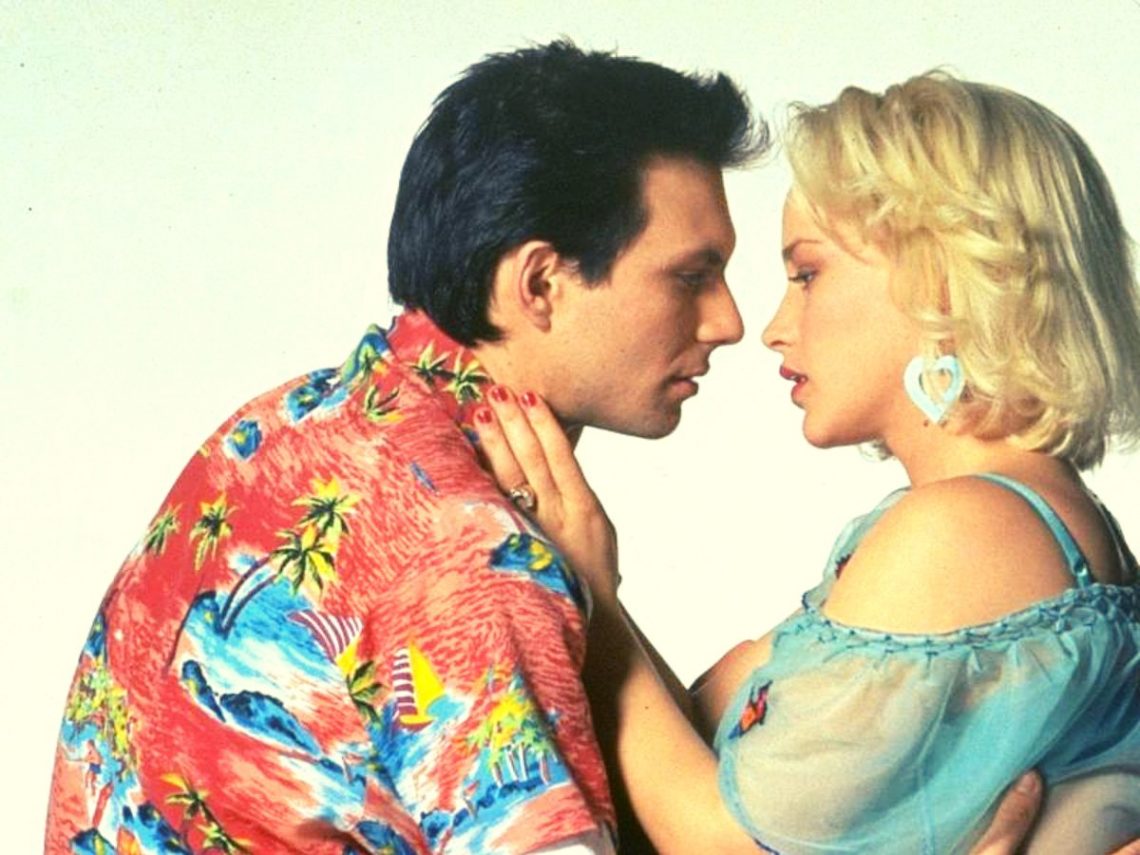While Netflix may be renowned for its gargantuan list of impressive new feature films and an astounding array of fresh new series, the streaming platform also holds some classic movies within its ranks. Much like the Quentin Tarantino-written classic True Romance.
Before Quentin Tarantino broke onto the scene as a promising filmmaker, he entered the world of cinema as a screenwriter by penning the script for True Romance. He would eventually go on to write and direct his own projects, but it was True Romance that taught Tarantino how to write a perfect screenplay, an effort that managed to find the right balance between entertainment and experimental.
While discussing the key elements of a good screenplay, Tarantino explained that the concept of visualisation is extremely important for the writer as well as the filmmaker. If they have the visual narrative ready in their heads, the magic can be translated to the cinematic medium. However, he also insisted that it is important to not underestimate the audience: “I don’t think the audience is this dumb person lower than me, I am the audience,” he said.
“In a novel, you can start in the middle of the story,” Tarantino said. “They’re doing something, and it’s moving in the forward momentum… And now it comes to Chapter three Chapter three happened two years before. I always thought that if you did it the way they did it in novels, that would be inherently cinematic. The cross-cutting would be neat. [Putting] it all in chronological order was inherently not cinematic. It was drab.”
Directed by Tony Scott, True Romance stars Christian Slater and Patricia Arquette as a newly married couple who enter into an absurd journey together. On the run from the Mafia, the two navigate the labyrinthine nature of life while trying to come to terms with the bizarre misadventures that they indulge in.
Tarantino elaborated: “How the structure really affects us in a big way, the biggest difference between the way the movie works and the way the structure works is we don’t know Clarence’s story. We don’t [anything] about how he met Alabama, about how he ended up taking the cocaine… It’s all very sketchy. All we have is the fact that we like these two kids even though we don’t know anything about them.”
The director of Pulp Fiction claimed that a good screenplay will manage to be engaging as well as thought-provoking. If it has more of one than the other, the engagement on the part of the audience dips, which results in a poorly curated cinematic experience: “Audiences, as long as they’re in good hands, like being curious,” he added. “They don’t like to be told everything. If they think the storyteller will eventually take care of them, they can wait.”
According to Tarantino, he divided the screenplay into three acts that work on different levels. In the first act, the characters know way more than the audience does. In the second one, the audience finally catches up to the characters.
However, in the final act, the audience ends up knowing more than the characters, which makes things interesting from a narrative perspective and subverts voyeuristic expectations.
Watch True Romance on Netflix now.
